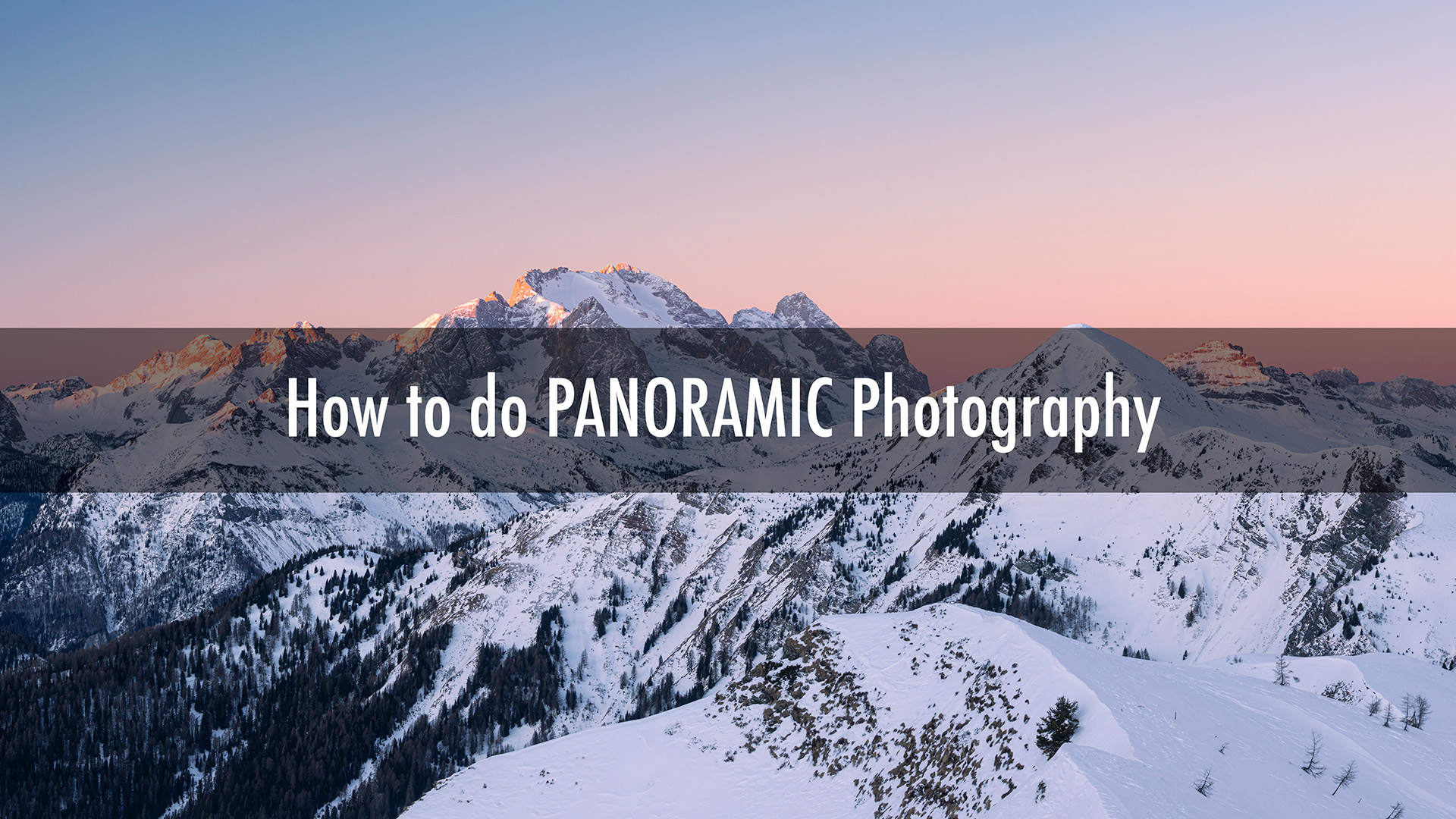
How To Do Panoramic Photography is my latest tutorial taking you through the process of creating beautiful panoramas.
Both landscape and travel photography genres are great for doing panoramic imagery with so many great subjects out there to give the panorama treatment to.
But do be careful as when you create those beautiful panoramas for your landscape and travel imagery you still need to correctly compose your images.
My YouTube channel is dedicated to all things landscape and travel photography so if that’s your thing then I’d love to have you come along for the ride.
Tripod Essentials
Using a tripod is crucial for capturing panoramic images. A sturdy tripod ensures stability while panning your camera. Look for a tripod that has a built-in spirit level. This feature helps keep your shots level, which is vital for stitching images together later on.
Choosing Your Tripod Head
You can use a ball head or a geared head on your tripod. While both options can work, I prefer geared heads for their precision. For my own work, I use the Benro GD3WH geared head which has been my mainstay tripod head since 2018. Consider using an Arca Swiss l-plate attachment. It allows you to turn your camera into the perfect position without tilting the entire tripod head.
SmallRig make excellent l-brackets for a number of camera brands. Check out what they have on their main website as they often change things when new cameras are brought out.
Focal Length Matters
The choice of lens is critical when taking panoramic photos. Wide-angle zoom lenses, like the 16-35mm) can cause distortion, especially along the edges of your images. Instead, try using a focal length starting from between 35mm and 50mm for less distortion and better clarity. If you’re using a zoom lens, avoid placing objects right in the foreground to minimize the chance of stacking later.
What is Parallax Error?
Parallax error occurs when objects at different distances shift as you pan your camera. This happens commonly when the camera isn’t positioned correctly over the nodal point. To reduce this effect, consider using a rail that allows you to adjust your camera back from the tripod head.
Demonstrating Parallax Error
A simple demonstration can help illustrate how to minimize parallax error. Set your camera up on a flat surface and pan it left to right while observing how foreground objects shift. By adjusting your setup to keep the camera more centred above the tripod head, you can greatly reduce such errors.
Importance of Composition
Composition is just as vital in panoramic photography as it is in regular photography. Think about how you are going to frame your shot before shooting. A well-composed image draws the eye and makes the scene more engaging. Avoid wide, empty spaces in your panoramas. Instead, incorporate leading lines and points of interest to fill the frame.
When composing your images, consider the aspect ratio. Common ratios for panoramic images include 17:6, 2:1, or 4:1. Using these ratios can result in visually appealing compositions that feel balanced and harmonious.
Setting Up
As you pan across the scene, take your time and move the camera only slightly with each shot. Keep an eye on your spirit level to ensure everything remains straight. The in-camera spirit levels are great for this.
Panoramic photography opens up a world of creative possibilities. By using the right equipment, understanding your lens choice, and focusing on composition, you can create stunning images that captivate viewers. Practice these techniques in beautiful locations like the Dolomites, and watch your panoramic images transform. Happy shooting!